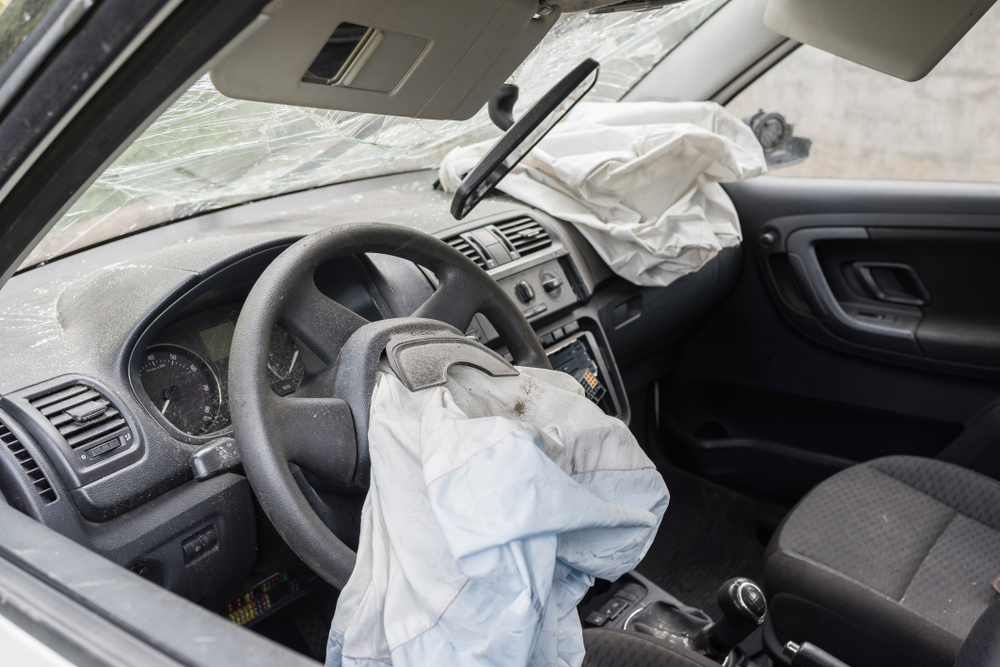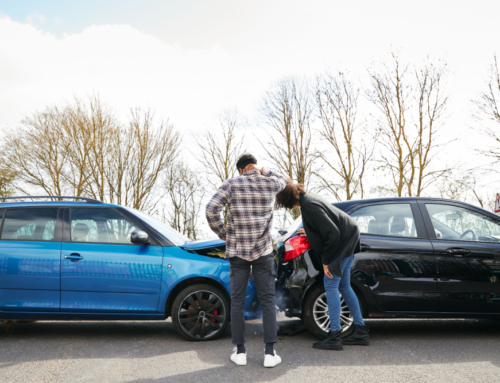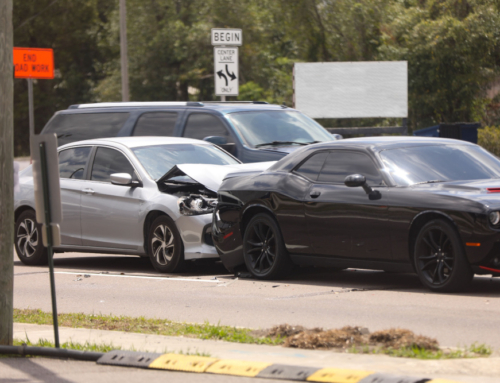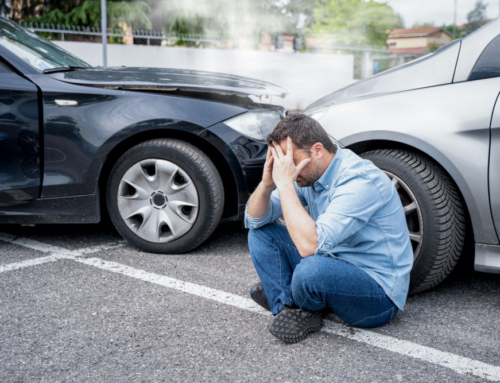A Supplementary Restraint System (SRS) or airbag is a unique safety feature designed to protect passengers during a crash or collision. Airbags were first developed in the 1970s to supplement safety belts. They were only meant to reduce injuries or deaths caused by a car crash. The bags proved to be effective, and in 1998, all vehicles in the United States were required to incorporate frontal airbags for both the driver and other occupants.
So How are airbags deployed?
Each airbag unit in a car has a satellite sensor attached to it. The sensor activates inflator when there is a crash at speeds in excess of 14mph. The inflator will then ignite a chemical mix of potassium nitrate and sodium azide to create a pulse of nitrogen, which rapidly inflates a thin nylon bag. Once deployed, the airbag will push its way out between the plastic splits.
Airbags are designed to be deployed at a collision speed that is above 14mph. The bags will also be deployed only if the impact angle is about 30 degrees on either side of the vehicle’s direction. In the event of a side impact or rollover, the frontal airbags will not be deployed.
How do airbags protect car occupants?
All moving objects have momentum, which is a product of mass and velocity. When a car is moving at a speed X, and your mass is Y, the momentum will be XY. A moving body also possesses inertia. This means a body will continue moving in a predetermined direction, not unless an external force stops it.
When a car comes to a sudden halt during a collision, the car’s momentum will stop, but the person inside it will continue moving until a force stops it. This is where airbags come in handy. In essence, the airbag will absorb your impact, in such a way that there will be very minimal injuries.
Airbags can be fatal to children
Despite providing safety, airbags can be very dangerous to toddlers. According to the National Highway Transportationa Safety Authority (NHTSA), kids less than 12 years should be buckled safely in the back seat. Instant deployment of an airbag produces a lot of force, which, when impacted on young ones, it can cause severe injuries or even death.
Airbags can fail to deploy
Airbags have been designed to be activated in specific scenarios – not in all accidents. If you notice that an airbag failed to deploy, the possibilities are:
- The accident is minor: Often if the crash occurs below 14mph.
- If the passenger seat is vacant, or the occupant is small, the airbag may fail to inflate.
- The advanced side airbags may fail to deploy if the passenger lightweight, and seated in the right front passenger seat close to front side air-bag.
Bottom line:
An air-bag was developed to reduce injury incurred during a crash. It’s never meant to replace a safety belt. However, according to NHTSA, airbags will only work perfectly if the passenger is buckled in his seat.
If you or a loved one has been involved in an accident contact a car accident attorney you can trust. Payas Law can help you get the hep you need. Contact us at 407-888-8888.








